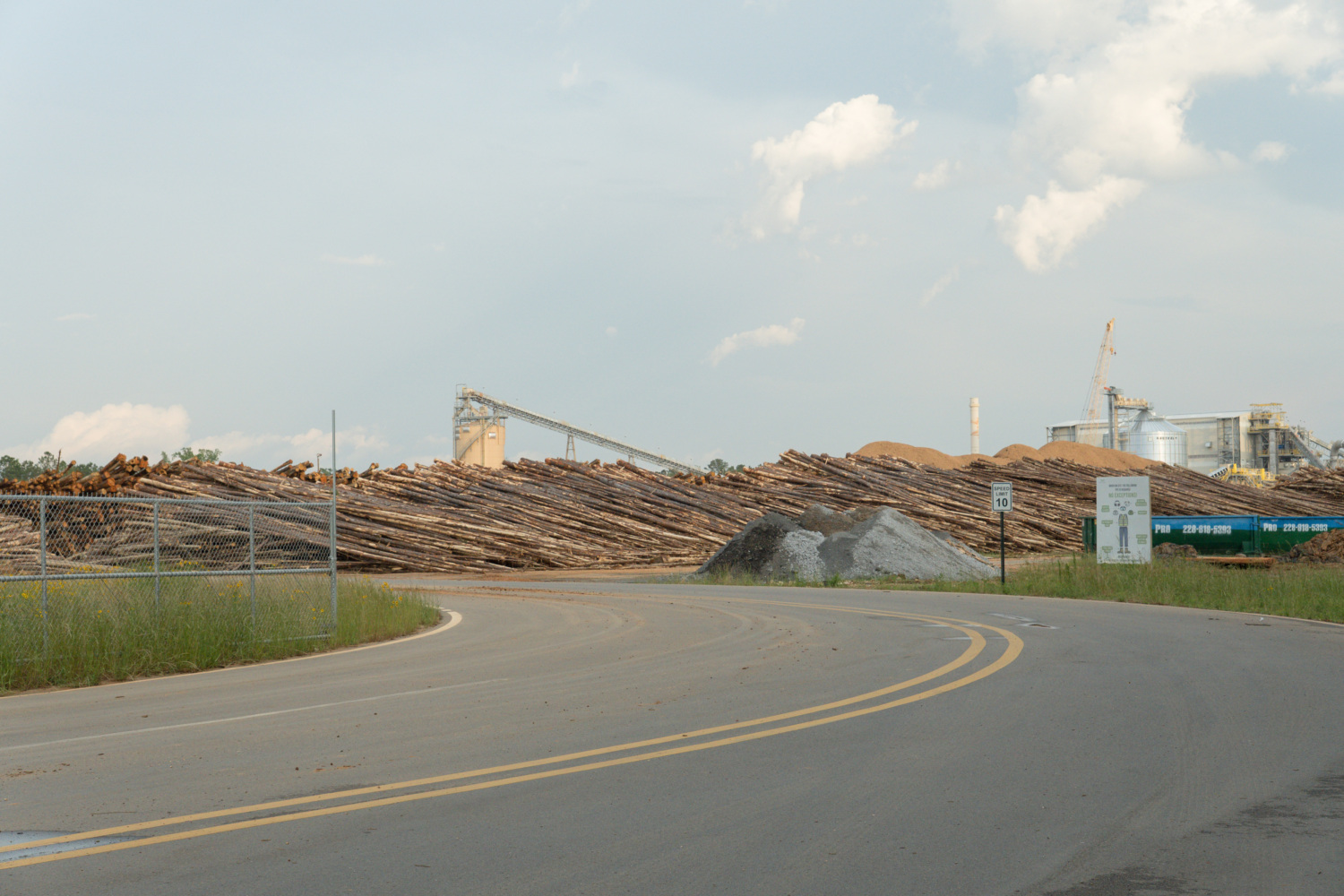
High Carbon Stock Approach and Cocoa
The High Carbon Stock Approach represents a widely recognized, practical methodology to implement ‘no deforestation’ commitments that is recognized by the UN, the European Commission, the French Government, and is part of the Round Table on Sustainable Palm Oil (RSPO) standard. It is an integrated land use planning approach that distinguishes forest areas in the humid tropics for conservation from degraded lands with low carbon, biodiversity and social values that may be developed, while ensuring the rights and livelihoods of local peoples are respected.
Reflected in the statement below, the HCSA has now clarified the application of the HCSA methodology for cocoa, specifically for the Cocoa & Forests Initiative. This will ensure that HCSA can support implementation of CFI commitments to conserve forests and end deforestation and forest degradation in the cocoa supply chain. As such, it constitutes a landmark moment for the cocoa industry, as well as cocoa-producing governments.
Mighty Earth believes that that this guidance should be widely used; and salutes the two trials of HCSA assessments are being conducted in cocoa landscapes in Ghana and in Peru. We hope that large-scale HCS-HCV indicative maps and the implementation of the HCS Approach toolkits by companies and smallholder farmers will assist with implementation of the CFI’s no deforestation or forest degradation commitments.
Crucially, the expansion of cocoa plantations or agroforestry into potential or identified HCS forest is considered degradation and/or deforestation (via the gradual degradation of the forest) and is not permitted by the HCSA as these natural forests need to be conserved.
—
![]()
High Carbon Stock Approach (HCSA) Statement on Deforestation and Forest Degradation for Cocoa & Forests Initiative (CFI) Signatories, National Initiatives, Public and Civil society Stakeholders
This statement clarifies the application of the HCSA methodology and an intent on how it can best support the implementation of CFI commitments to conserve forests and end deforestation and forest degradation in the cocoa supply chain.
The High Carbon Stock Approach represents a widely recognised, practical methodology to implement ‘no deforestation’ commitments. For example it is recognised by the UN, the European Commission, the French Government, and is part of the Round Table on Sustainable Palm Oil (RSPO) standard. It is an integrated land use planning approach that distinguishes forest areas in the humid tropics for conservation from degraded lands with low carbon, biodiversity and social values that may be developed, while ensuring the rights and livelihoods of local peoples are respected.
The HCSA methodology is neither country nor commodity specific. Members of the High Carbon Stock Approach steering group are working collaboratively to scale up its use across the palm oil and pulp and paper sectors, and advance adaptations for its use by the cocoa and rubbers sectors and in different tropical rainforests regions. A simplified methodology is being trialed by small oil palm farmers in Indonesia and indicative HCS mapping at a landscape level is being explored and trialed. It is being implemented in 10 countries in Asia Pacific and Africa, including by local governments in the West Papua province of Indonesia, and expanding into Latin America.
The HCS Approach effectively identifies tropical forest areas,[1] including natural secondary and regenerating forests, that are under threat from deforestation and forest degradation due to agricultural production expansion. The expansion of cocoa plantations or agroforestry into potential or identified HCS forest is considered degradation and/or deforestation (via the gradual degradation of the forest) and is not permitted by the HCSA as these natural forests need to be conserved. The HCSA also incorporates the identification of High Conservation Value areas (HCVs) as defined by the High Conservation Value Resource Network (HCVRN). This requires both social and environmental HCVs to be maintained or enhanced through appropriate management and monitoring defined during the assessment process in and amongst agricultural production areas.
The current HCSA toolkit is applied to landholdings with plans for new development that involve land use change, assessing land cover over many hundreds or thousands of hectares. This is implemented through integrated HCV-HCSA assessments conducted by Licensed Assessors and their qualified teams. The High Conservation Value Resource Network Assessor Licencing Scheme (ALS) is used to evaluate the quality of integrated assessments. For more details on the HCSA quality assurance process please see this link.
It is recognised by the HCSA and a growing number of stakeholders that production of large-scale HCS-HCV indicative maps and the implementation of the HCS Approach toolkits by both companies and smallholder farmers in cocoa production landscapes could greatly assist the implementation of the CFI’s no deforestation and forest degradation commitments. To support efforts to catalyse the use of the HCSA in cocoa supply chains by CFI signatories and their cocoa suppliers two trials of HCSA assessments are being conducted in cocoa landscapes: one in Ghana[2] and one in Peru.[3]
Additionally, the HCSA is seeking opportunities to collaborate with its members, CFI signatories and other stakeholders to support: additional trials of the HCSA methodology by plantation companies in cocoa landscapes; adaptation of the HCSA simplified approach for cocoa smallholders; scaling up the availability of open source indicative HCS-HCV maps for use by producers, smallholders and governments alike, developing guidance for HCS forests and HCV area restoration; and building the capacity for civil society participation and the implementation of the HCSA in cocoa growing countries.
For more information on the High Carbon Stock Approach or interest in supporting emerging HCSA-cocoa sector opportunities please go to www.highcarbonstock.org.
[1] It is important to note a large amount of HCS forest and HCV area in many countries exist outside of national parks and forest reserves and thus have not yet been officially conserved by the government.
[2] A CFI member Lindt & Spruengli have just published a report outlining the lessons learned in their pilot in Ghana, available here.
[3] See this link for more details on the trial for developing a landscape-level HCS and HCV approach in a smallholder context in Tocache, Peru managed by HCSA members Earthworm, National Wildlife Federation with local partners and stakeholders.


